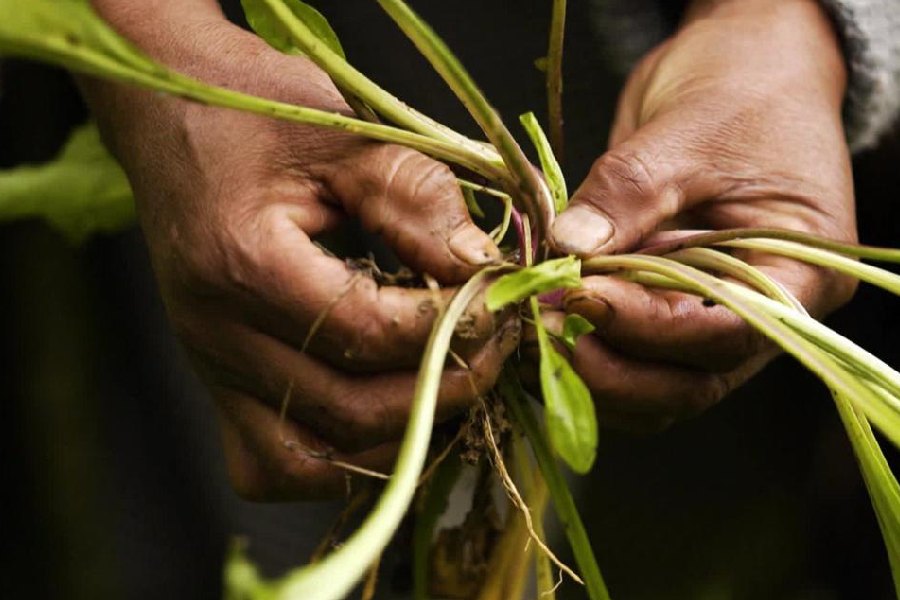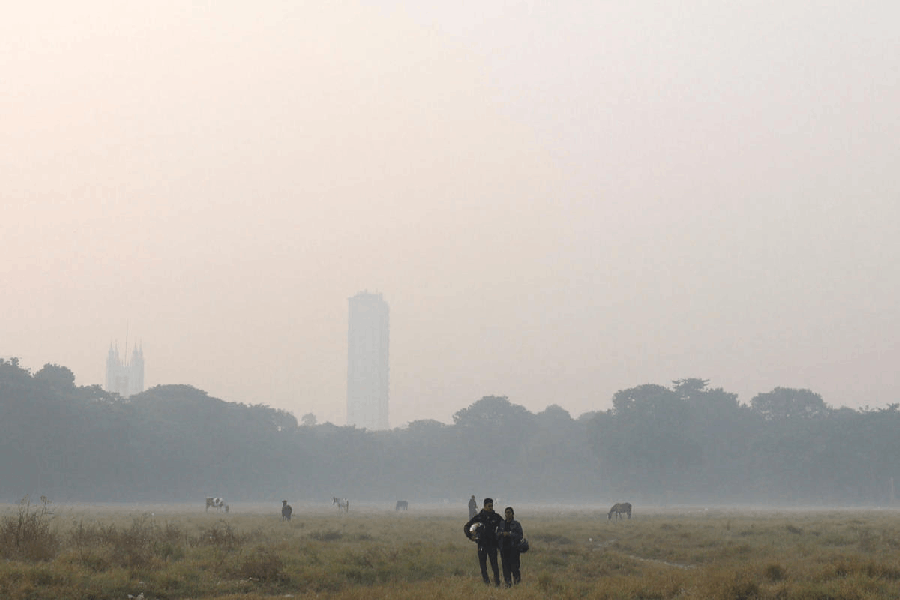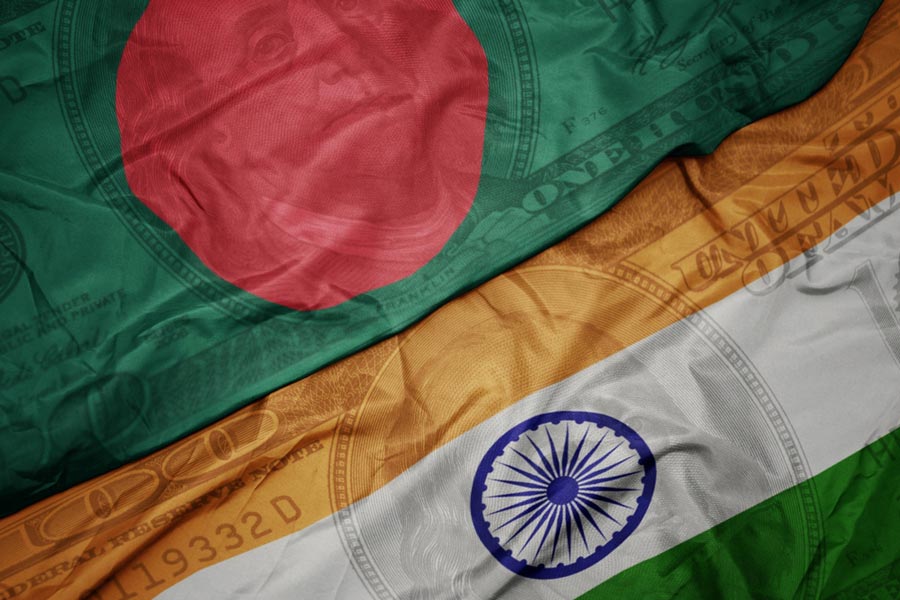Presenting his first budget in 2014, the then Finance Minister, Arun Jaitley, had listed farmer’s income as his top priority. Eleven years later, farmer’s income continues to be at the bottom of the pyramid.
But when Finance Minister Nirmala Sitharaman spoke of agriculture as the first engine of growth my expectations grew for the much needed revival of the farm economy. In the very next sentence she expressed the hope that the underlying effort would be to turn India into a food basket of the world. For a moment I hoped the Finance Minister will perhaps pick up the threads from where her predecessor, the late Arun Jaitley left, and lay the foundations for rebuilding agriculture as an economic powerhouse.
It is generally accepted that the revival of agriculture cannot happen without ensuring income security for the farmers. As per the latest Situation Assessment Survey for Agricultural Households, based on a survey done in 2019, and the report made available in 2021, the average income of a farm household, comprising five members, stood at a paltry ₹10,218 per month.
With income barely enough to survive, indebtedness had mounted over the years. For several years now, agriculture continues to be faced with a severe distress.
More so, as a recent global study by the Organisation for Economic Cooperation and Development (OECD) for 54 major agriculture economies had shown that only Indian farmers continued to cultivate losses, year after year, ever since the study began in the year 2000. Crop losses in other countries were covered with subsidy support.
Only three countries remained in the negative zone, but the losses incurred by farmers in Vietnam and Argentina were covered up with budgetary support. As I have often said it is only in India that farmers remained bhagwan bharose.
Indian agriculture was therefore expecting a major boost in budgetary allocations but that did not happen. But with a budget estimate projected at ₹1.71-lakh crore for 2025-26, agriculture has received a nominal jump in allocations. It was ₹1.52-lakh crore a year earlier and ₹1.25-lakh crore two years back. With 50 per cent of the population dependent on agriculture, the budgetary support this year hovers around a little over 3 per cent of the total budget.
The allocation for various schemes is either static or almost at the same level or have come down, including the budgetary support for flagship programme, the PM Fasal Bima Yojna, the allocation for which has now come down to ₹12,242-crore as against 15,864-crore that was allocated last year.
The provision for PM-Asha scheme has gone up marginally from ₹6,437-crore to ₹6,945.36-crore this year. Research and development budget in agriculture has risen marginally this year to ₹10,466.39-crore, showing an increase of ₹310-cr only. The budget for organic fertiliser has however gone up from ₹45-crore to ₹150-cr.
Interestingly, a programme to boost productivity and farm income in 100 of the backwards districts has been announced. But with no mention of Minimum Support (MSP) and no talk of enhancing the entitlement for direct income support, with even Parliament’s Standing Advisory Committee on Agriculture calling for a hike in PM-Kisan from the existing ₹6,000 to ₹12,000 per year, the expectations for a rise in income may remain a pipe dream. The budget support for PM Kisan scheme remains at ₹63,500-cr as of last year.
Anyway, Nirmala Sitharaman has announced the launch of three new missions — the National Mission for Pulses is for 6 years for which the budgetary support is ₹1,000-cr; a National Mission for Cotton Production with a budget provision of ₹500-cr and a National Mission for High-Yielding Seeds with ₹ 100-cr earmarked.
There will also be a mission for fruits and vegetables, but knowing the earlier programmes for tomato, onion and potato (TOP) which later was expanded and termed Greens with not much to show, it will be interesting to see how the new thrust will help achieve the desired results. Just to illustrate, during the past week, Punjab and Haryana farmers have been forced to sell cabbage and cauliflower at ₹1per kg.











